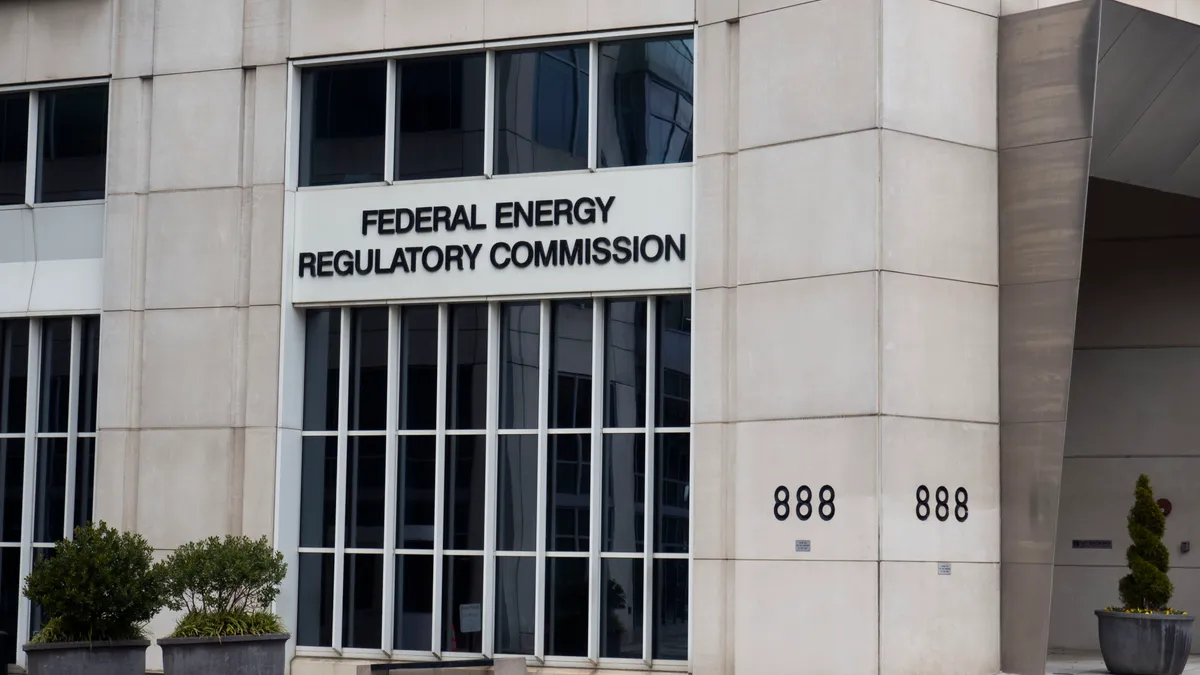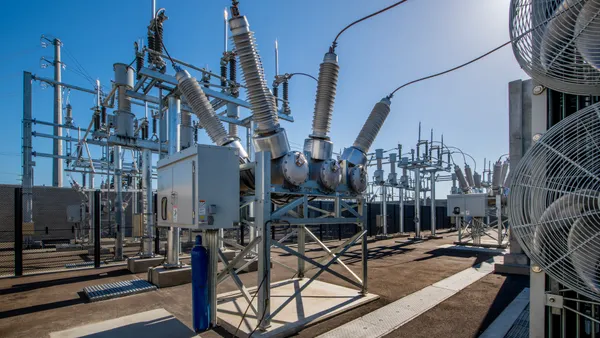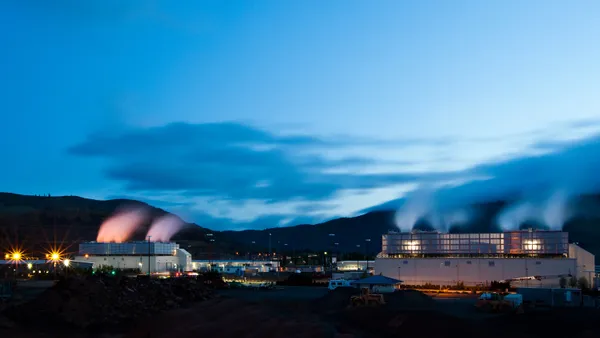Electricity storage technologies that can operate on timescales such as hours or days are often deployed at specific times of day to take advantage of variations in the price of electricity.
Pumped hydroelectric is the most prevalent energy management storage technology, with 22 gigawatts (GW) of capacity installed in the United States.
Compressed-air technology uses low-cost electricity to store pressurized air underground and releases it to support the operation of a combustion turbine.
Some batteries, particularly flow batteries (based on liquid rather than solid chemistries), have the characteristics needed for energy management. The Department of Energy's Energy Storage Database listed four demonstration-type flow-battery-based projects in April 2012.
Thermal energy storage often takes the form of chilling or heating large amounts of water (or another heat transfer medium) overnight for use during the day.














